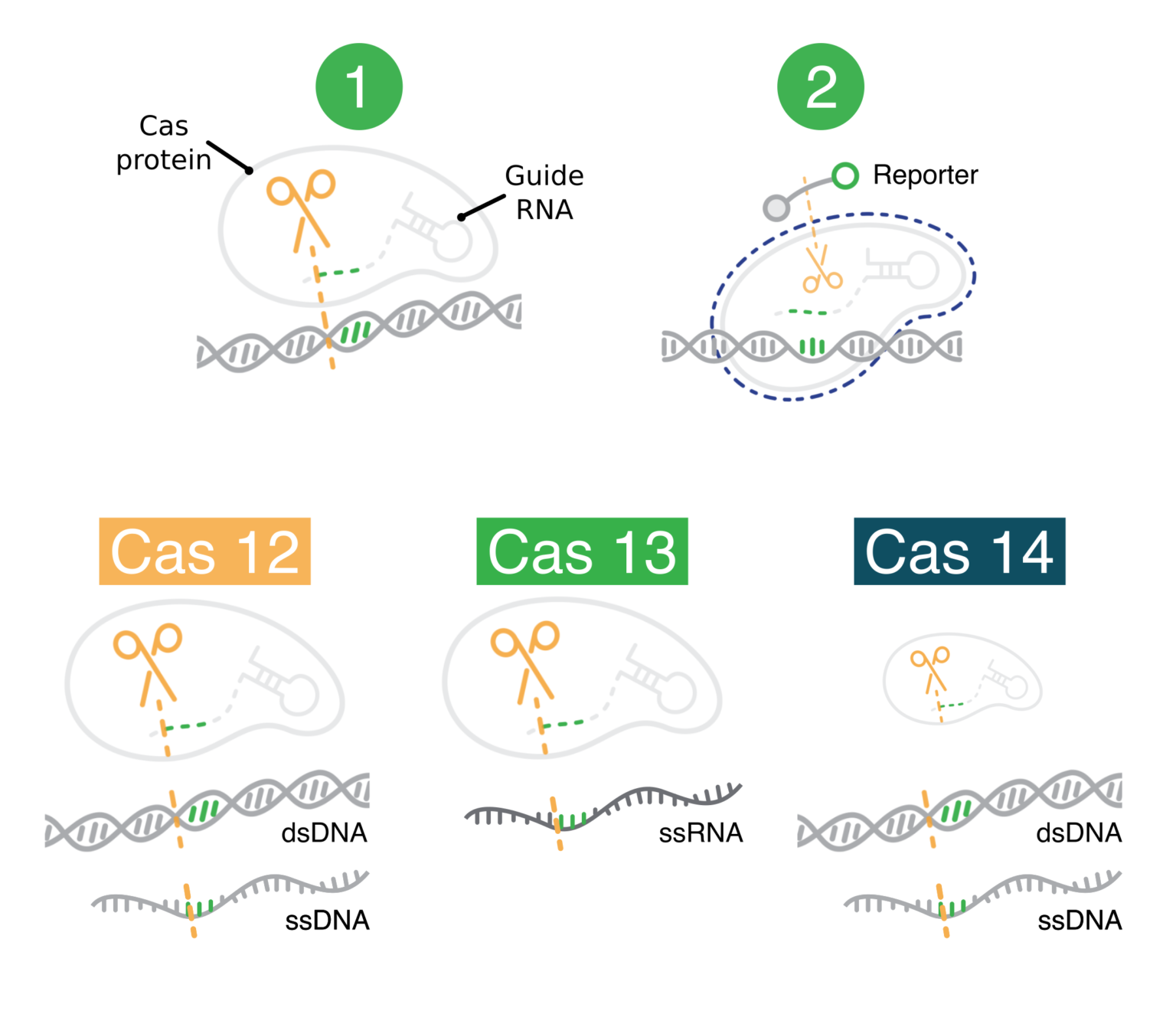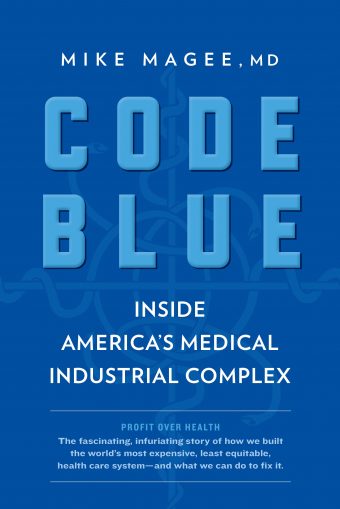Cost-effectiveness analysis (CEA) embeds an assumption at odds with most economic analysis–that of constant returns to health in the creation of happiness (utility). We aim to reconcile it with the bulk of economic theory.
Therefore,
As health payers increasingly turn to CEA for value assessment, it becomes even more important to assure that it reflect the preferences of real people. Current models run an important risk by not considering the consequences of diminishing returns and risk aversion over health. Continuing to assume that the incremental value of health is invariant to severity of illness endangers the foundations of CEA. The combination of the diminishing returns and severity of illness adjustments suggests that we are probably overvaluing treatments of low-severity illnesses (possibly by a factor of 2 or more) and undervaluing treatments of very high-severity conditions (possibly by a factor of 5 or more).
This is solved by the GRACE framework that shows how to generalize traditional CEA models to incorporate the effects of diminishing returns to health improvements as severity of illness increases. This creates cost-effectiveness thresholds (stated as multipliers of consumption) that incorporate risk preferences both in consumption and in QoL and that increase with severity of illness.









